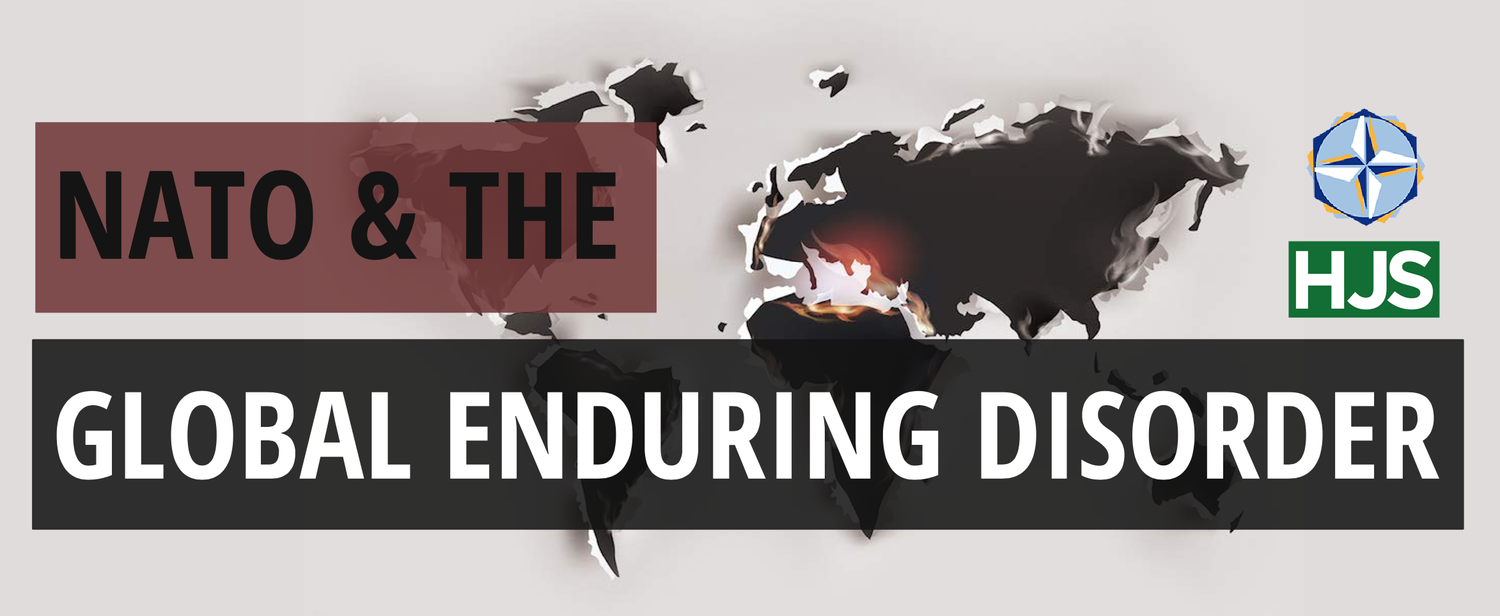Inside Ukraine’s Nonviolent Resistance: Chatbots, Yellow Paint, and Payoffs
The man introduced to me in the southern port city of Odesa as Taras does not look like what he is: the founder of the civilian resistance to Russia’s military occupation of southern and eastern Ukraine. He’s no tough Marshal Tito or ethereal Mahatma Gandhi. He looks, in fact, like your typical Gen Z tech worker: early 20s, lean, trendy—and he’s always online. He likes to talk about English Premier League football games from the 1980s, but only because he’s seen them on YouTube; he can name scores of Premier League players, but only because he’s used their avatars in the FIFA video game. He adores Instagram.
Since April, Taras has led a group named Yellow Ribbon, which took up the principles of nonviolent resistance soon after the Russians overran his home city of Kherson. (Taras is a pseudonym he uses to help protect his identity from his Russian enemies.) Its goal: to resist Russian occupation through peaceful means wherever possible…


